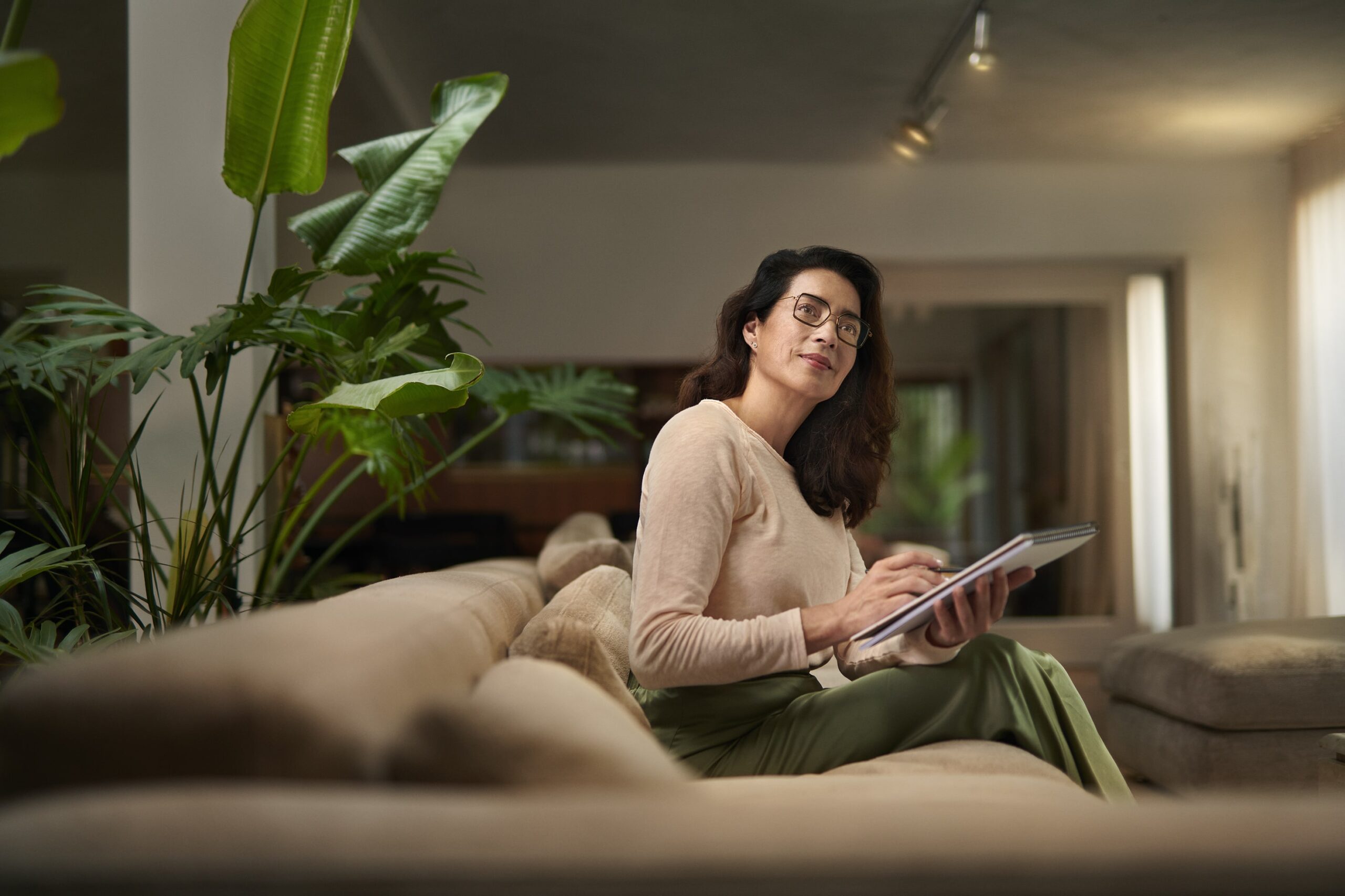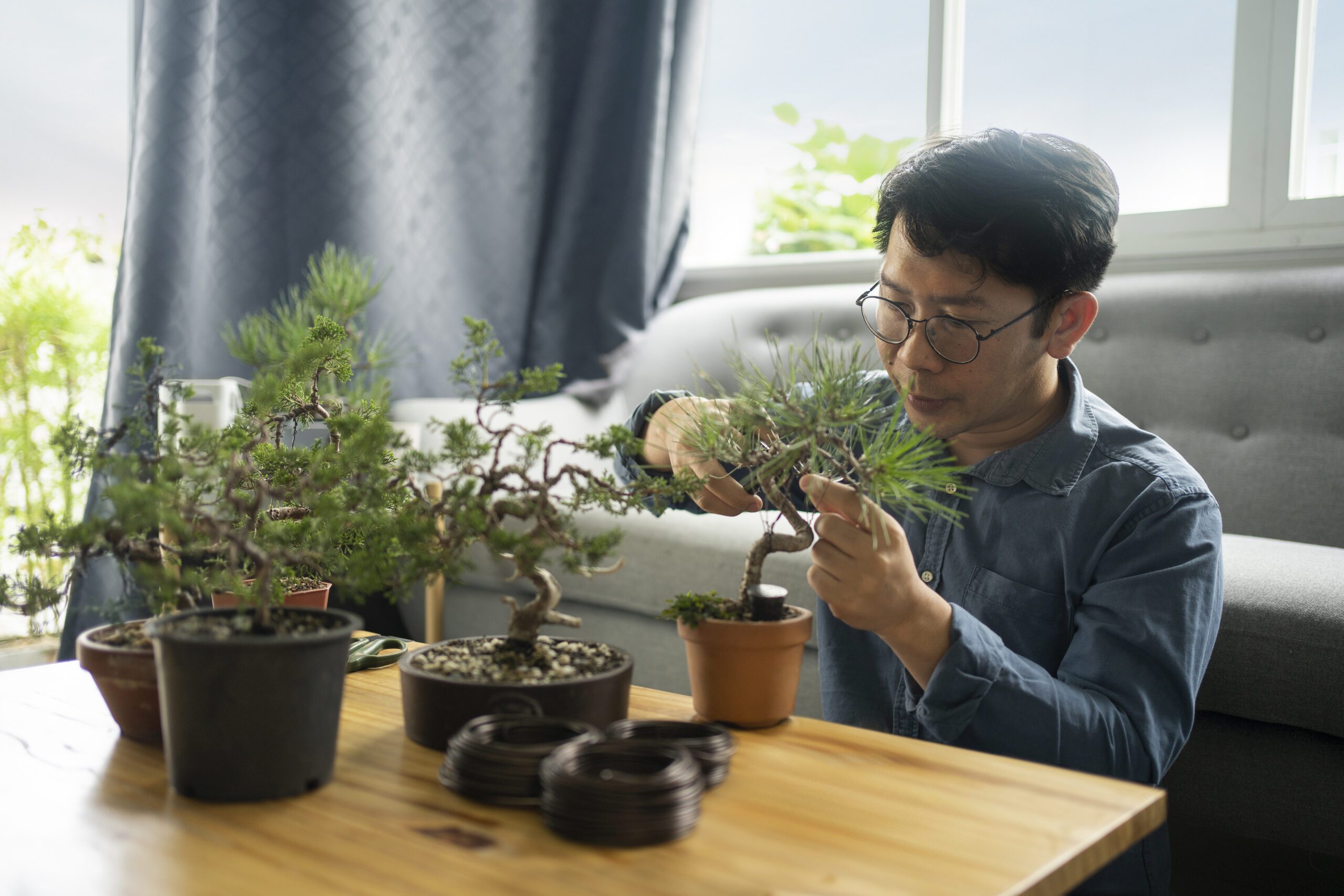We spend more time indoors than ever before—at work, at home, in shops and gyms. All of these environments rely on artificial light. While it’s essential for modern life, artificial lighting can take a toll on our eyes, especially when it’s too bright, too dim, or combined with long hours of screen use. If you regularly experience tired, sore, or uncomfortable eyes, artificial lighting may be to blame.
How Artificial Light Impacts Eye Comfort
Artificial light doesn’t behave like natural sunlight. Fluorescent tubes, LED panels, and harsh overhead lighting can cause your pupils to work harder to adjust, especially in environments where the contrast between light levels is too strong or inconsistent.
If the light is too bright, it can lead to glare, squinting, and a feeling of visual fatigue. On the other hand, if it’s too dim, your eyes may struggle to focus clearly, leading to eye strain and headaches.
A guide published by the Health and Safety Executive (HSE) highlights that poor lighting in workplaces can lead to visual discomfort, fatigue, and even health and safety risks. Inadequate or excessive artificial lighting can impact both performance and wellbeing, making it essential to create a balanced visual environment—particularly for those spending long hours indoors.

The Role of Screens
In addition to overhead lighting, screen time is a major source of artificial light exposure. Computers, tablets, smartphones and TVs all emit blue light, which penetrates deep into the eye. Prolonged exposure can result in symptoms like:
- Dry, itchy or watery eyes
- Blurred vision
- Difficulty focusing
- Headaches
- Sleep disturbances
It is estimated that up to 60% of people who use computers or screens regularly experience digital eye strain.

Common Symptoms of Eye Strain from Artificial Light
If you spend long hours indoors and experience the following symptoms, artificial light may be playing a role:
- Eye fatigue or soreness
- Difficulty focusing between different light levels
- Headaches, especially towards the end of the day
- Sensitivity to glare
- Dry or watery eyes
- Visual discomfort in shopping centres or offices

How to Protect Your Eyes from Artificial Light
Making small adjustments to your environment and eyewear can significantly improve your comfort:
- Adjust screen brightness to match the surrounding light
- Use anti-glare filters or matte screen protectors
- Take regular breaks from screens (the 20-20-20 rule: every 20 minutes, look at something 20 feet away for 20 seconds)
- Ensure your workspace has balanced, diffused lighting

If you’ve been experiencing tired or uncomfortable eyes at work, home or out and about, the lighting around you could be to blame.
For those looking for an advanced solution, HOYA Sensity Light Adaptive Lenses offer a smart way to manage light exposure. These lenses automatically adjust to changes in light conditions—helping to reduce the impact of both harsh indoor lighting and bright natural light.
Ask about Sensity Light Adaptive Lenses at your next appointment.

Both myself and my husband use this opticians. The staff are very friendly and helpful. Would definitely recommend to anyone.
Carol Thompson
